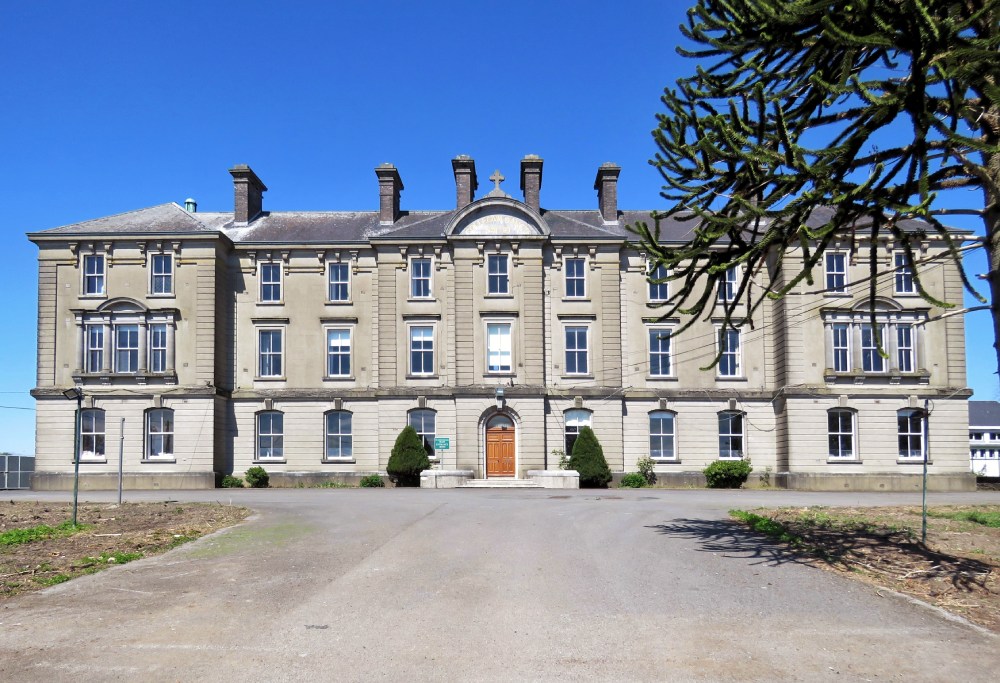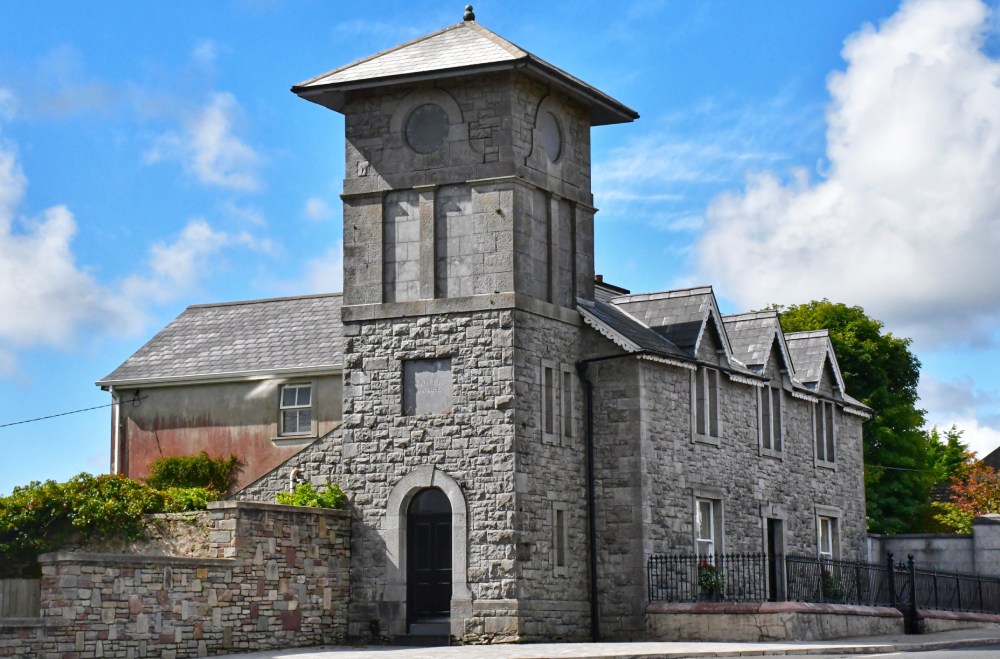Article

Comittee Info
Bench markers record the height above sea level from a specific location. Surveyed against the Mean Sea Level data taken at Clarendon Dock, Belfast, for Northern Ireland data; Newlyn in Cornwall for data in Great Britain and Portmoor Pier and Main Head, for data relating to the Republic of Ireland, in previous times, Soldiers on sentry duty marched up and down from the barracks to these markers. They maintained a watchful eye on the street. Walk a few steps on. Look across the road where the other bench marker, similar in appearance is sited.
People
Through the support of Roscommon County Council , the Ballaghaderreen Town Team has a vision to energise and reinvigorate the town, to re-instil a pride of place in the town by creating initiatives and projects that will help to create jobs, facilitate business start ups and a core principle of the Town Team is the involvement of people who live and work in the town to be centrally involved in the design and delivery of solutions for their town and its hinterlands . The Ballaghaderreen Town Team is a vital part of the town’s regeneration plan.
The Ballaghaderreen Town Team in conjunction with Roscommon County Council have put together a Community and Economic Development Plan proposal for the town centre. This proposal will involve detailed design for the redevelopment and enhancement of the town centre including Main Street, Barrack Street and Pound Street .


Clubs & Groups
The original power house and town supply of electric current was designed by Louis Lawless in 1906. The power house had two suction gas engines run on gas produced from Welsh Anthracite. In 1912 it was decided water power would be used to generate electric current to cope with the new demand for lighting.
A cutting was made on the river Lung. The first turbine was a belt driven Dynamo type and required a worker who had a phone nearby with a link to town to receive instructions. A new design of turbine was installed in 1925 which could be controlled from the power house. A cylinder diesel engine was installed in 1930 to increase output. It continued to operate well until 1933 when the ESB arrived. It later served as a science hall for St. Nathy’s and then as a museum. It is now vacant.

